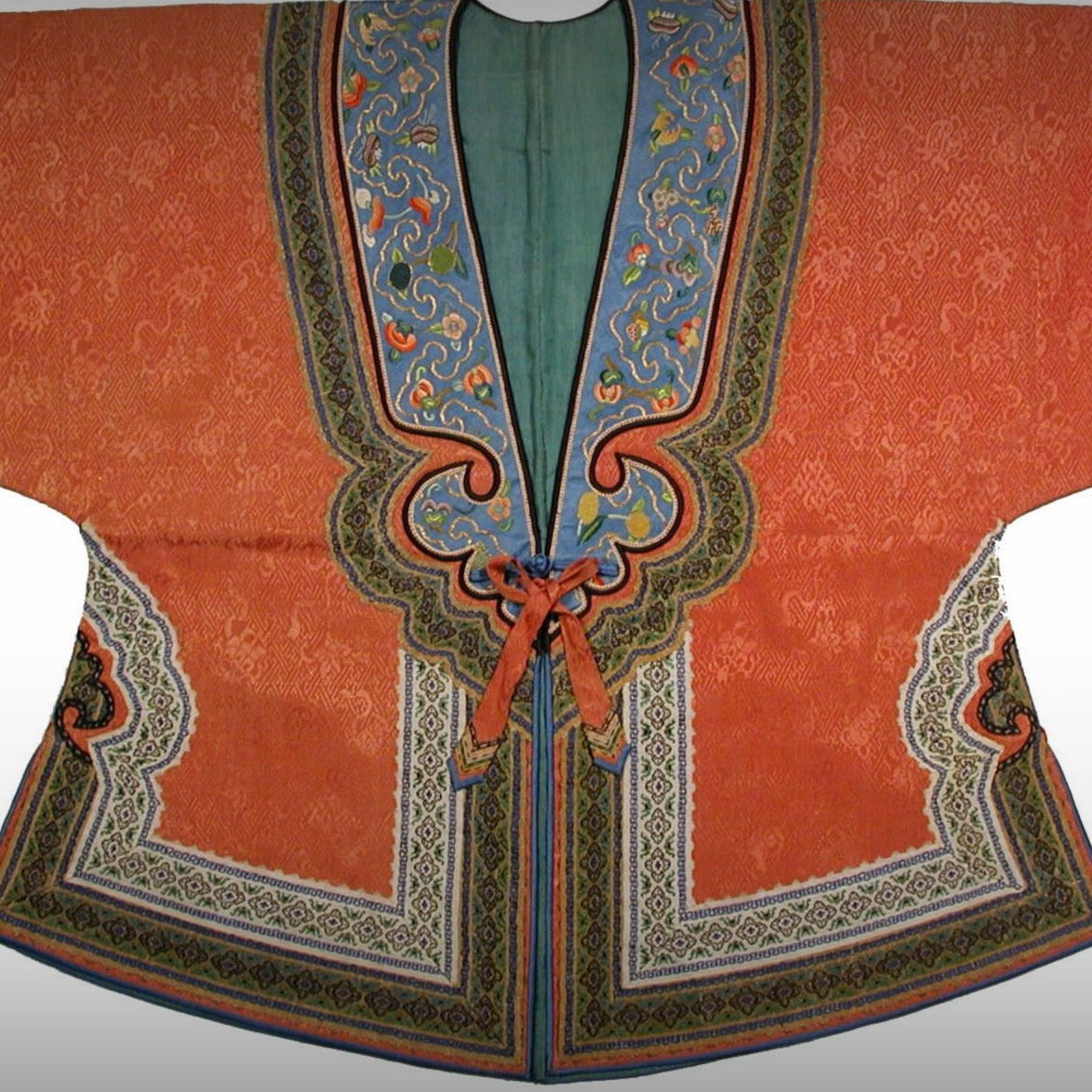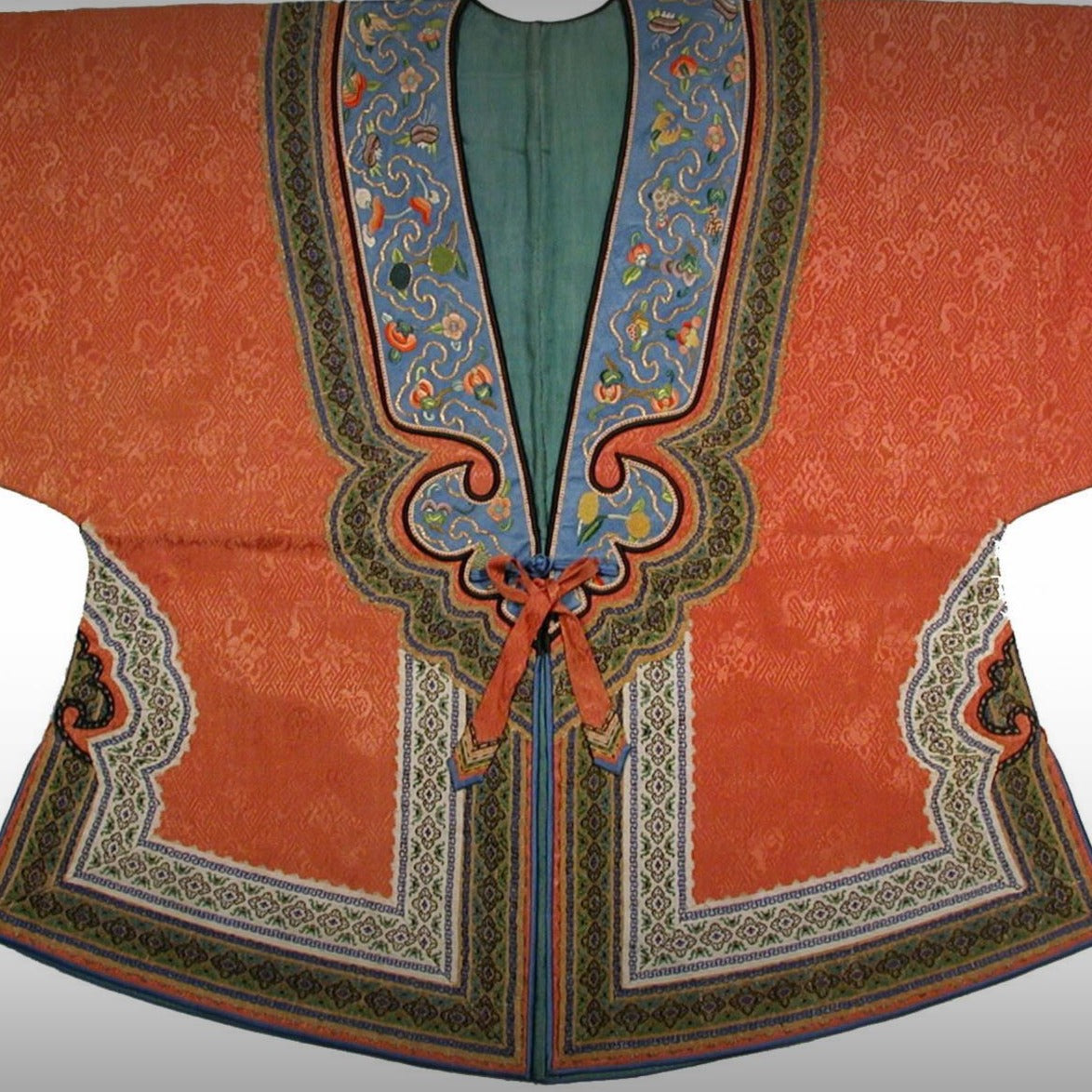United States, Chicago, Illinois, Asian Textile Collections, Field Museum
Seemingly fragile, textiles can be an enduring link to vanished cultures, as well as a fascinating cross section of the aesthetic sensibilities of far-flung contemporary peoples. Among the five most distinctive collections in the United States, The Field Museum’s holdings of Asian textiles include nineteenth and twentieth century pieces from India, Bhutan, Central Asia, China, Korea, Japan, Indonesia, and the Philippines.
Of the Asian textiles, the Chinese textile collections are highlighted here. These include silk textiles collected by Field Museum curator Berthold Laufer during an extended tour of China from 1908 to 1910. Of great artistic significance here is the collection of 40 complete theatrical costumes for Beijing-style opera, masks and other accoutrements of Tibetan Buddhist religious drama, and a collection of robes and costume items used by the Imperial family in the 18th and 19th century.
The Carl Schuster Collection and the Caroline Bieber Collection together constitute the largest collection of early 20th century Chinese folk textiles in the world. Both of these embroidery collections are exceptionally well documented. In many cases, we know who made the objects, as well as when, where, and why.
Such rich information extends the artistic importance of these collections by providing contextual and conceptual depth. As a result, the Chinese textiles collection illustrates the cultural heritage of both formal and informal settings, professionals and lay people, special events and everyday life. Moreover, some patterns uniquely represent Chinese visual traditions in textiles. They show the Chinese approach to the natural world, historical subjects, allegory and mythology. The similarity between these works and other art forms in China also is illustrated by the iconography on these textiles.
Share



